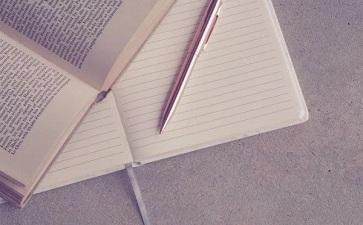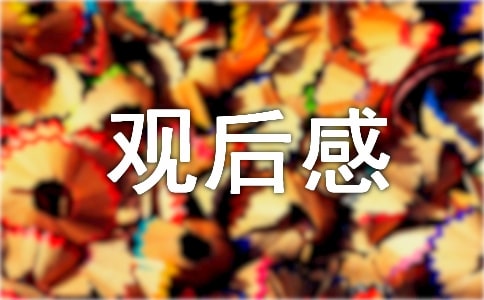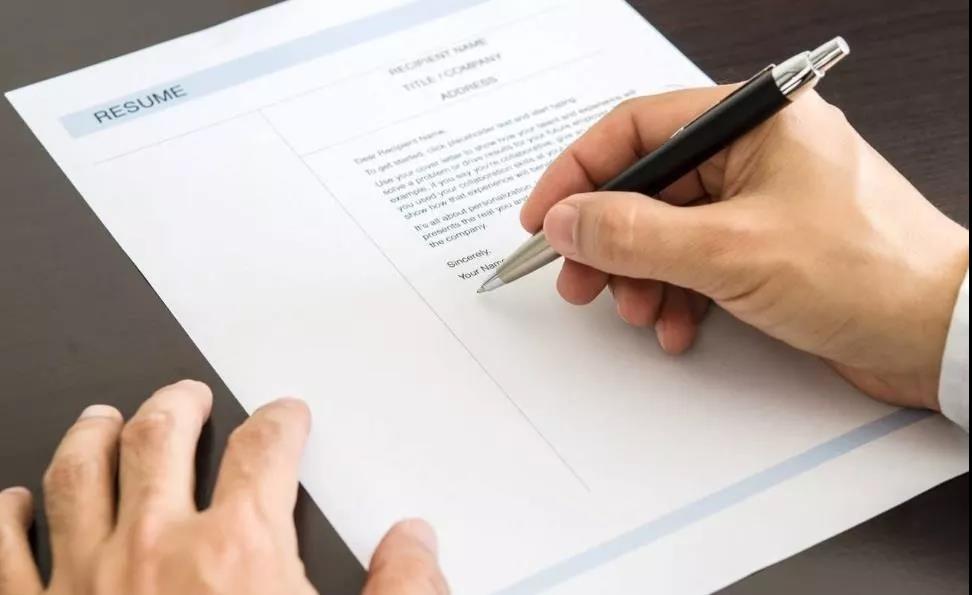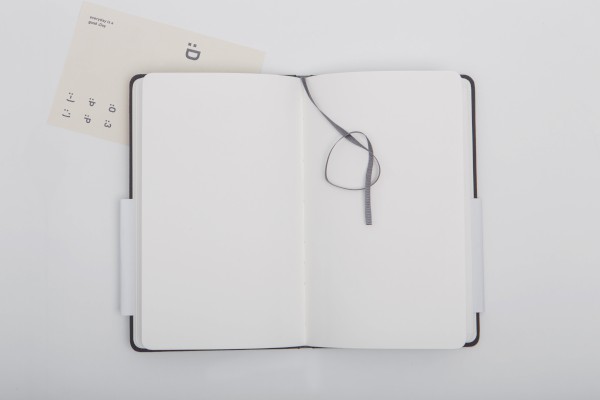In 1956, Zhang Daqian (1899-1983) met Pablo Picasso in France, which was considered “an artistic meeting between the East and the West.” Zhang’s copies of the Buddhist murals in the Dunhuang Grottoes were being exhibited in the National Museum of Oriental Art in Paris at the time. On January 16, 2018, the exhibition “Zhang Daqian’s Art” opened in Beijing’s National Museum of China and his copies of the muruals from Dunhuang consumed half of the exhibition space, returning those works to the global spotlight.
At the center of the exhibition hall is one of Zhang’s copies of a mural from Cave No. 196 of the Dunhuang Grottoes, which is a narrative work painted in the late Tang Dynasty (618-907). The largest of its kind at 9.25 meters high and 3.45 meters wide, the copy recounts the story of a competition between a senior Buddhist monk and some pagans, after which the pagans converted to Buddhism.
Zhang Daqian was born in a well-off family in Sichuan Province. At an early age, he learned painting from his mother and brother. Zhang then traveled to Japan to study before heading to Shanghai to receive traditional painting instruction from two famous calligraphers and painters of the time: Zeng Xi and Li Ruiqing.

Zhang’s early style attempted to mimic ancient masters by emulating famous works of painters and calligraphers throughout the ages including Shi Tao, Chen Hongshou and Xu Wei. He meticulously studied and copied their works and began to make forgeries—his paintings emulating Shi Tao’s works successfully deceived some of the best connoisseurs. He particularly admired Wang Meng, a famous painter in the Yuan Dynasty (1271-1368) and emulated his works for more than a decade. As he honed his skills in landscape painting by studying painter Wang Meng and his works, Zhang eventually developed his own distinct style featuring special ink stretch and profound composition.
Zhang Daqian also learned from nature. He traveled to many places in China, traversing plains, deserts, mountains and rivers. In 1938, Zhang’s friend Yan Jingzhai described the precious murals in the Dunhuang Grottoes to him, which kindled Zhang’s passion for the place. In 1941, Zhang ventured to Dunhuang and over the following two years and seven months, he led his son, students and friends to copy the murals, finishing 276 pieces and unleashing new inspiration for future creation. During his stay at Dunhuang, Zhang also hired many young people and lamas to study, comb, protect and catalog the grottoes. They counted a total of 309. Zhang was the first Chinese person to perform such work. He invented one of the three systems that are now still used to catalog murals in the Dunhuang Grottoes.



